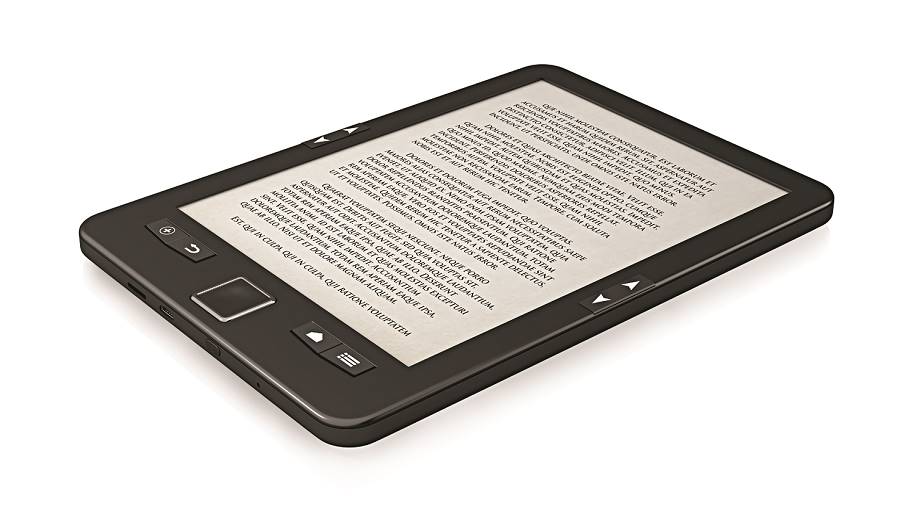
Overall this worked for 99% of the books I have tried. It appears that the ‘Books’ section is for books bought from Amazon only. You have to select ‘Docs’ from the dropdown to see the non-Amazon books. However don’t expect the non-Amazon books to show up within ‘Books’. To get an overview of what you’ve sent to your devices, you can always check the Manage Your Content and Devices section on Amazon. You can also force a sync by hitting ‘Sync’ within the hamburger menu. Oh, and Highlights and Notes will also be synced. Only then I open my Kindle iPhone app, download the book from the ‘All’ section to my device, open the book, and check that it syncs to he page I flicked to on my Paperwhite before. I usually open the book on my Kindle Paperwhite first, check that it works by flicking through a couple of pages, and then switch my Paperwhite off again. The books should then magically appear on your connected devices, like your Kindle Paperwhite or the Kindle iPhone app. To view which Kindle Fire devices are supported, click here For Windows PCs and Macs, you can use our Read Now browser-based reader, as well as our Listen. Then - within Calibre - simply right-click on the book you would like to send to your Kindle Paperwhite or Kindle app, and click ‘Connect/share’, ‘Email to ’ inside the appearing context menu. This allows you to begin reading an e-book or a business document on your Kindle, and then continue reading it where you left off on a device such as an iPad.

Within Calibre, setup sending emails to your Kindle email address.

KINDLE APP SYNC DEVICES PDF
It works with epub, mobi, pdf and other filetypes.
KINDLE APP SYNC DEVICES SOFTWARE
I keep my ebooks on my Mac organized using Calibre, a software which I would dub ‘the iTunes for ebooks’ (or ‘the better iBooks’). Start with setting up your kindle email address on Amazon, to enable your Kindle devices/apps to receive ebooks via email. On Amazon also make sure to enable “ Personal Document Archiving” (within “Your Content and Devices”, within “Settings”, within “Personal Document Settings”).


 0 kommentar(er)
0 kommentar(er)
